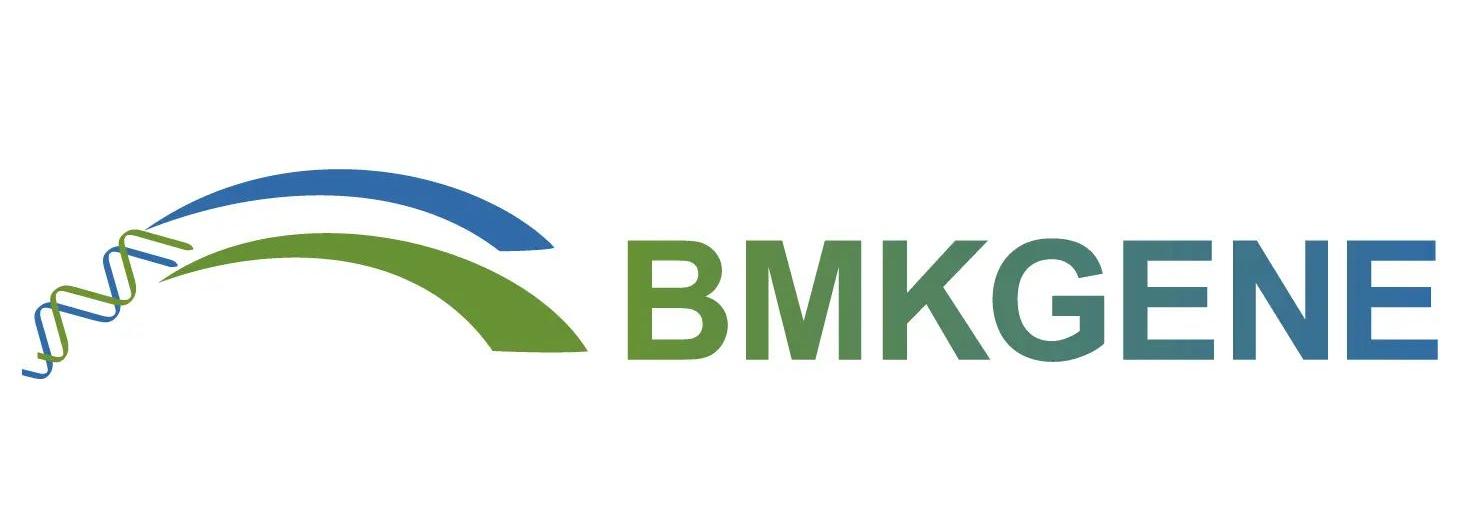-
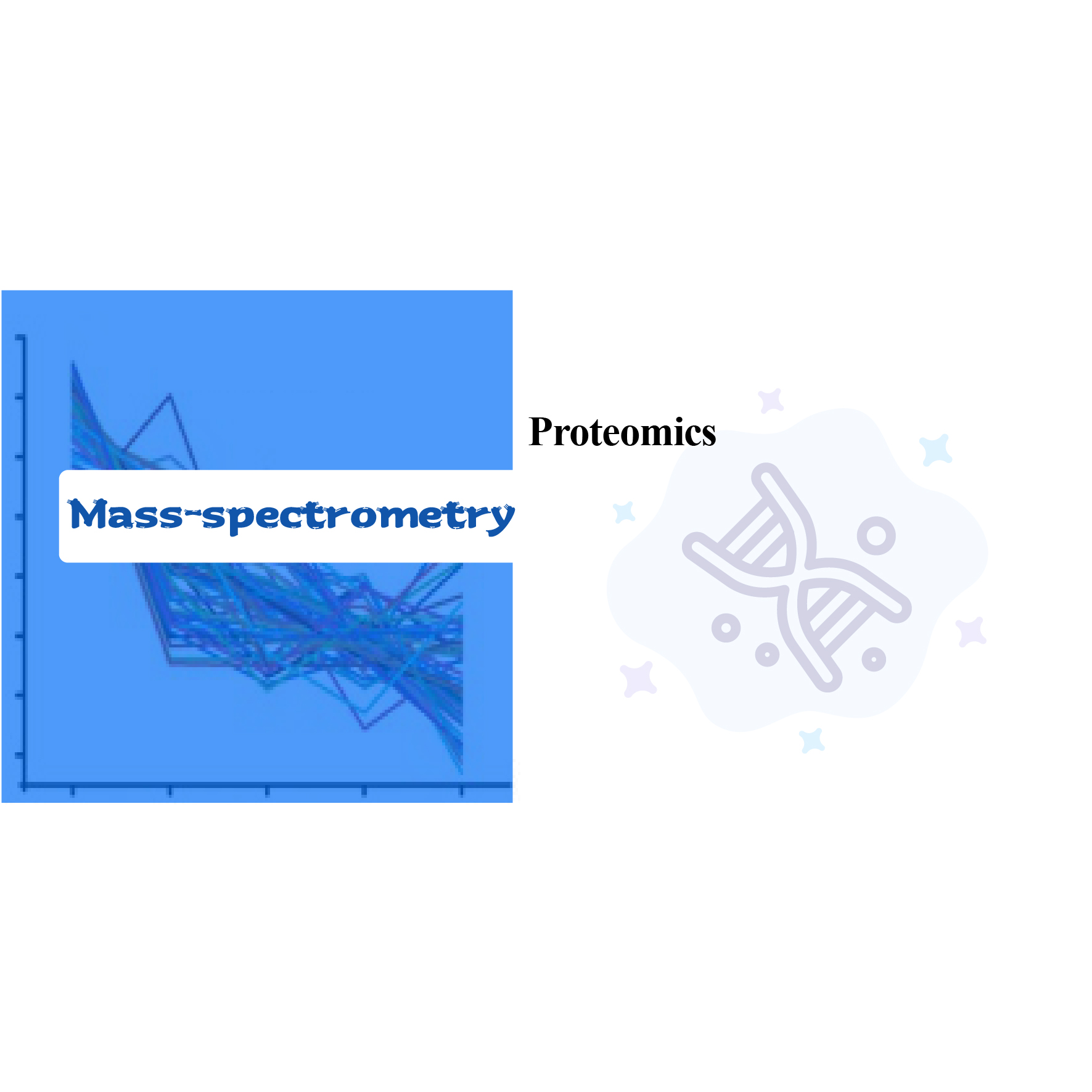
Proteomics
Proteomics involves the applications of technologies for the quantification of overall proteins present content of a cell, tissue or an organism. Proteomics-based technologies are utilized in various capacities for different research settings such as detection of various diagnostic markers, candidates for vaccine production, understanding pathogenicity mechanisms, alteration of expression patterns in response to different signals and interpretation of functional protein pathways in different diseases. At present, quantitative proteomics technologies are mainly divided into TMT, Label Free and DIA quantitative strategies.
-
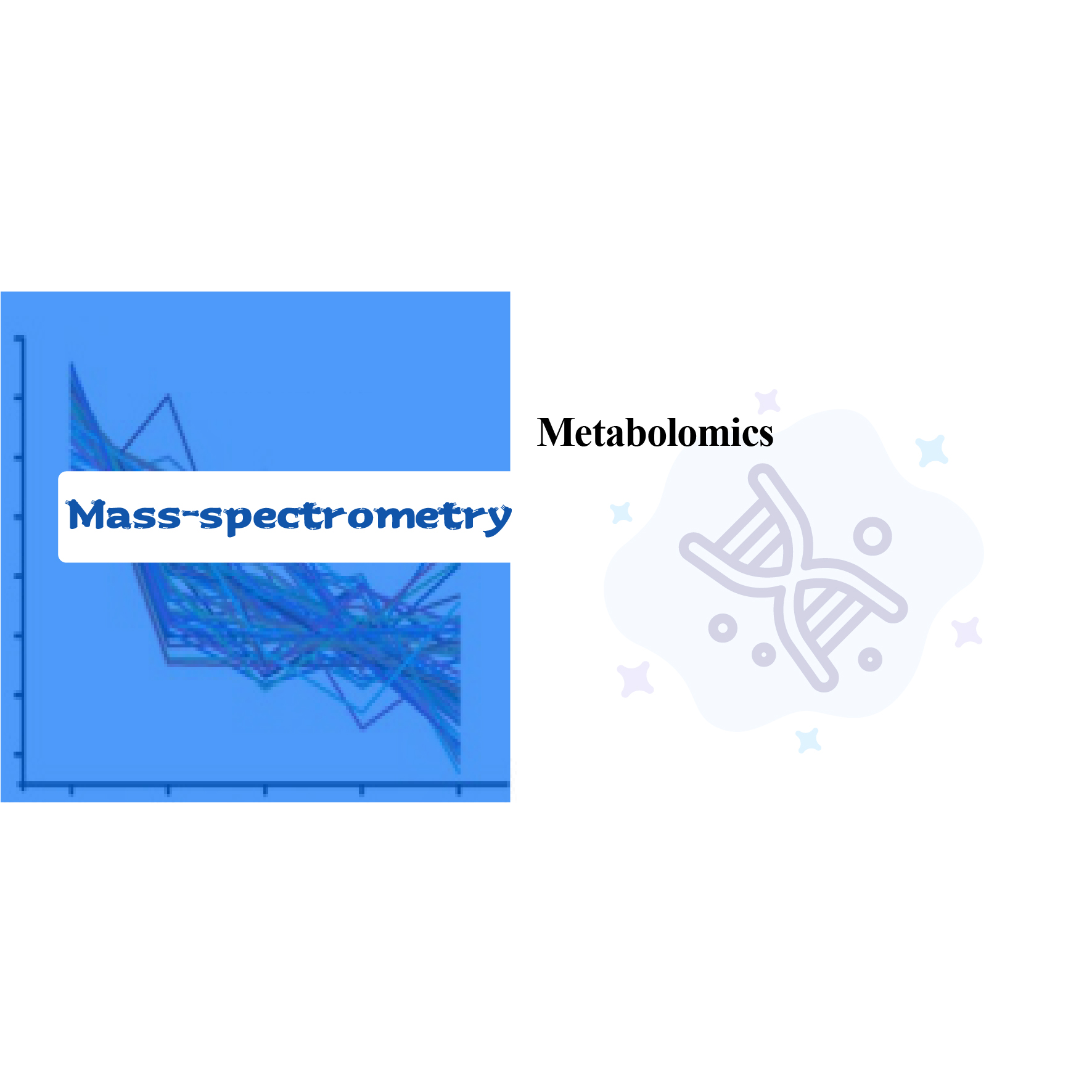
Metabolomics
The metabolome is the terminal downstream product of the genome and consists of the total complement of all the low-molecular-weight molecules (metabolites) in a cell, tissue, or organism. Metabolomics aims to measure a wide breadth of small molecules in the context of physiological stimuli or disease states. Metabolomics methodologies fall into two distinct groups: non-targeted metabolomics, an intended comprehensive analysis of all the measurable analytes in a sample including chemical unknowns using GC-MS/LC-MS, and targeted metabolomics, the measurement of defined groups of chemically characterized and biochemically annotated metabolites.
-
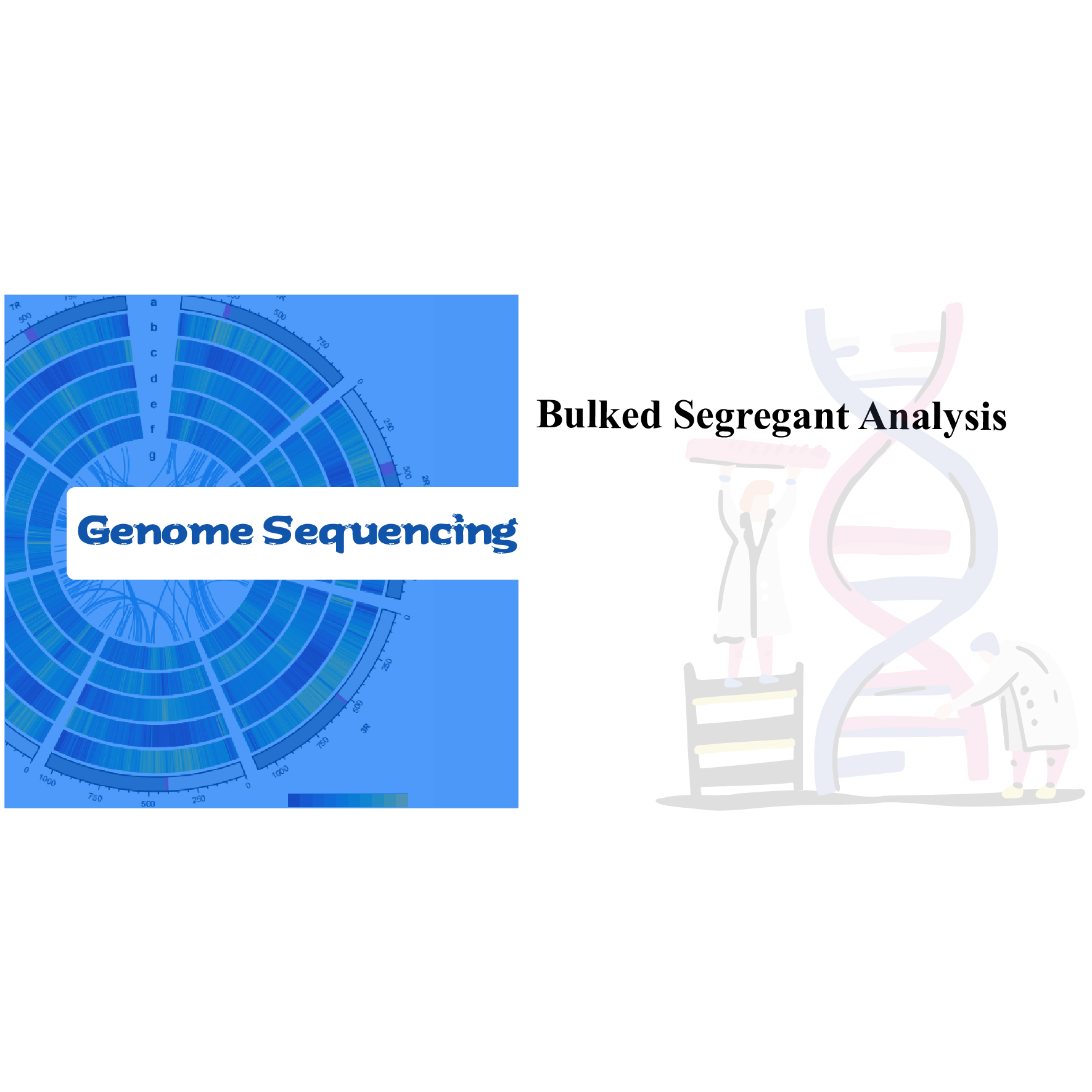
Bulked Segregant analysis
Bulked segregant analysis (BSA) is a technique employed to quickly identify phenotype associated genetic markers. Main workflow of BSA contains selecting two groups of individuals with extremely opposing phenotypes, pooling the DNA of all individuals to form two bulk of DNA, identifying differential sequences between two pools. This technique has been extensively employed in identifying genetic markers strongly associated by targeted genes in plant/animal genomes.
-
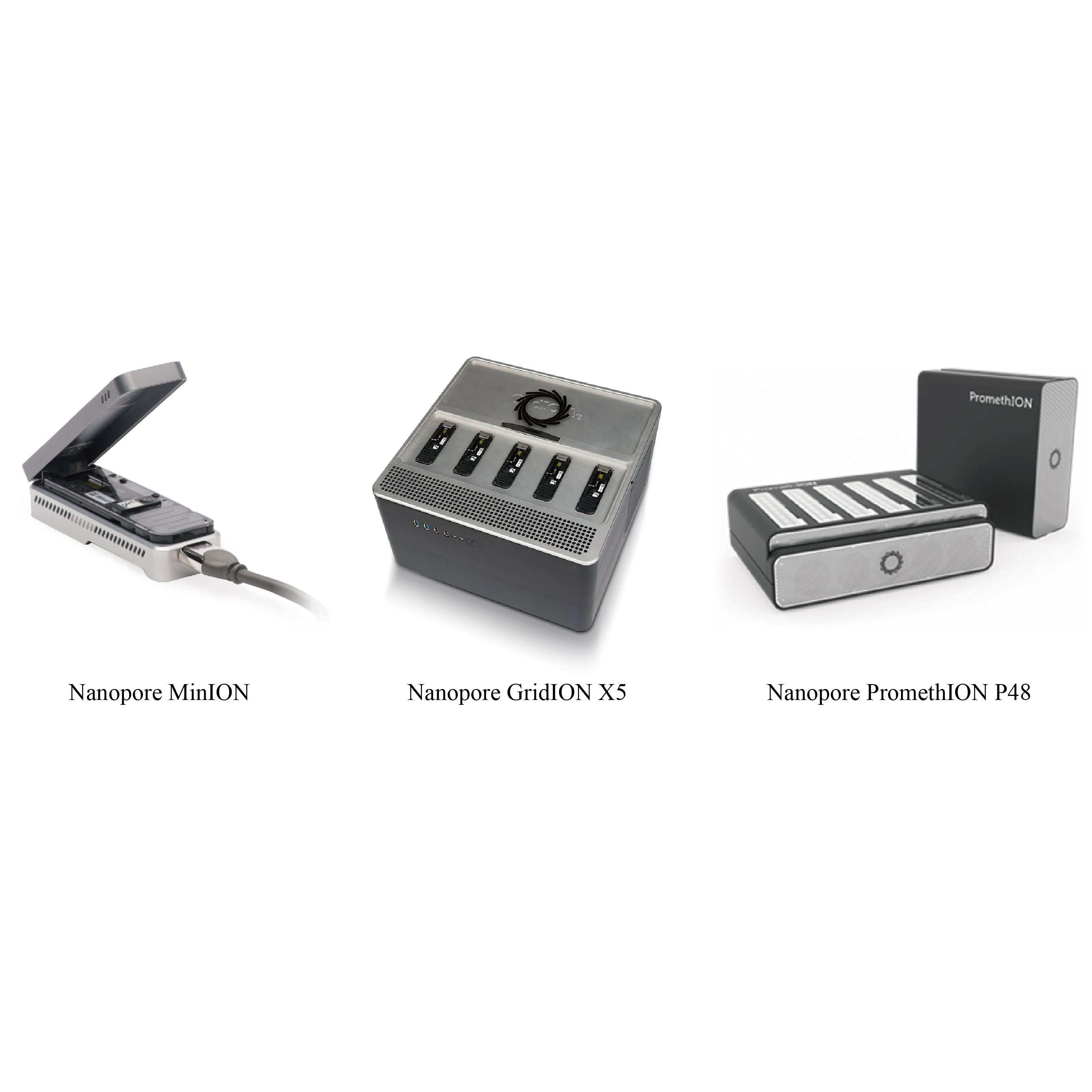
DNA/RNA Sequencing – Nanopore Sequencer
ONT sequencing is a single molecule real-time electrical signal sequencing technology based on nanopores, the sequencing principle of each platform is the same. Double-stranded DNA/RNA will bind to nanoporous protein embedded in the biofilm and unwinding under the lead of motor protein, under the action of voltage difference from both sides of the biofilm, DNA/RNA strands pass through the nanopore channel protein at a certain rate. Due to the differences of the chemical properties of the different bases on the DNA/RNA strand, when a single base or DNA molecule passes through the nanopore channel, it will cause the change of different electrical signals. By detecting and corresponding to these signals, the corresponding base types can be calculated, and the real-time detection of the sequence can be completed.
-
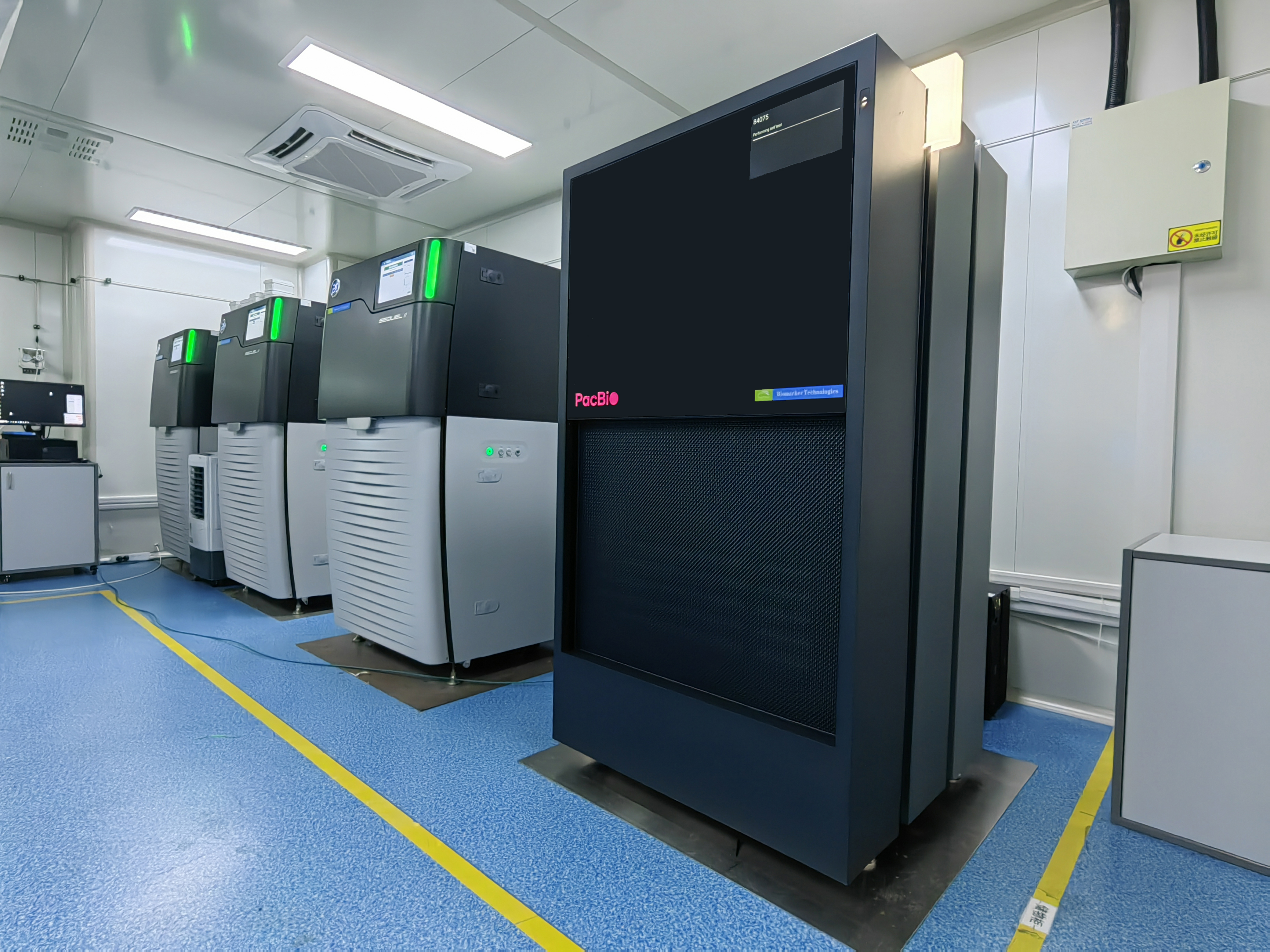
DNA/RNA sequencing -PacBio Sequencer
PacBio sequencing platform is a long-read sequencing platform, which is also known as one of the Third-Generation Sequencing(TGS) technologies. The core technology, single-molecule real-time(SMRT), empowers the generation of reads with tens of kilo-base in length. On base of “Sequencing-by-Synthesis”, single nucleotide resolution is achieved by Zero-mode waveguide(ZMW), where only limited volume at the bottom(site of molecule synthesis), is illuminated. In addition, SMRT sequencing largely avoids sequence-specific bias in NGS system, in that most of PCR amplification steps are not required in library construction process.
Platform: Sequel II, Revio

